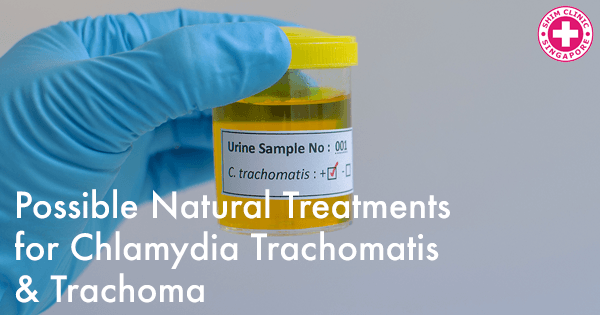What is Chlamydia?
This is a sexually transmitted disease caused by a bacterium known as, Chlamydia Trachomatis. Vaginal, oral or anal contact with an infected person can spread the infection. It affects both men and women with the bacterial infection. In women, the infection affects the cervix. The disease can also affect the urethra and rectum in both men and women. The group that is affected most by the venereal disease is both men and women under 25 years who are sexually active. Compared to other sexually transmitted diseases, chlamydia is three times more common than gonorrhea and 50 times more common than syphilis.
What is The Origin of the STD?
Chlamydia was first discovered in Berlin in 1907 by scientist Stanislaus von Prowazek. The name Chlalmydia is derived from the Greek word chlamys, meaning cloak while trachomatis, also Greek, means rough or harsh just like the disease.
What are The Signs and Symptoms Of The Venereal Disease?
Symptoms of this disease are normally not present during the early stages of the infection. However, after three weeks of being infected, patients may have the following symptoms:
Women
- Pain during sex
- Yellow or green discharge from the vagina
- Pain in the lower abdomen which may be accompanied with nausea or low fever
- Pain during passing of urine
- Frequent passing of urine
- Bleeding after intercourse or in between periods.
Men
- Burning sensation or pain while passing urine
- Swelling or painful testicles
- Discharge from the penis
- Swelling around the anal area
It is important to note that if the disease goes untreated, it may have serious implications on an infected person’s health. In men for example, if it is not treated over a long period of time, it may lead to a condition known as epididymitis which may in turn lead to infertility.
In women, if it is not treated, it may cause pelvic inflammatory disease (PID). If PID is not treated, it may cause difficulty in getting pregnant.
How Do I Test For Chlamydia Trachomatis?
The two most common tests for the STD are swab tests and urine tests at any STD clinic. Swab tests are most preferred for women where a sample of the bacterium is taken from the cervix. Urine tests are done on men where a urine sample is taken and tested for the bacterium. However, a swab test can also be done on men.
Who Should Test For This Sexually Transmitted Disease?
Anyone who may have suspicions of an infection of the disease should have an STD testing at the nearest STD clinic as soon as possible.
Anyone who has not had STD testing over a long period of time and has been sexually active should also test for the disease.
If a person has been in sexual contact with an infected person, they should also get tested for chlamydia.
Is Chlamydia Curable?
Chlamydia is actually curable but only after testing has been done to establish that the individual is indeed infected. Certified medical practitioners will give the infected person antibiotics as treatment. Some are given in a single dose while others are given over a number of days.
The infected person and his/her sexual partner should both get treatment for chlamydia and abstain from any sort of sexual contact until another test is done and the test is negative.
Recently there was also a study by researchers in Singapore on possible natural treatments for Chlamydia.
How Does One Prevent A Chlamydia Trachomatis Infection?
- Refrain from any vaginal or oral sexual contact
- If you do choose to engage in sexual activities, use protection every time and limit your sexual partners
- If you actively participate in sexual activities, frequently undergo testing at STD clinic.
Untreated Chlamydia can increase the likelihood of the transmission of the HIV virus. It may make a person who is HIV-positive more infectious and a HIV-negative person more likely to get infected. To be safe get tested for HIV or if you suspect that an infection has taken place within 72 hours, consult your doctor for HIV PEP treatment.


Pingback: Stay Safe: How to Get Tested For STIs with Your Partner